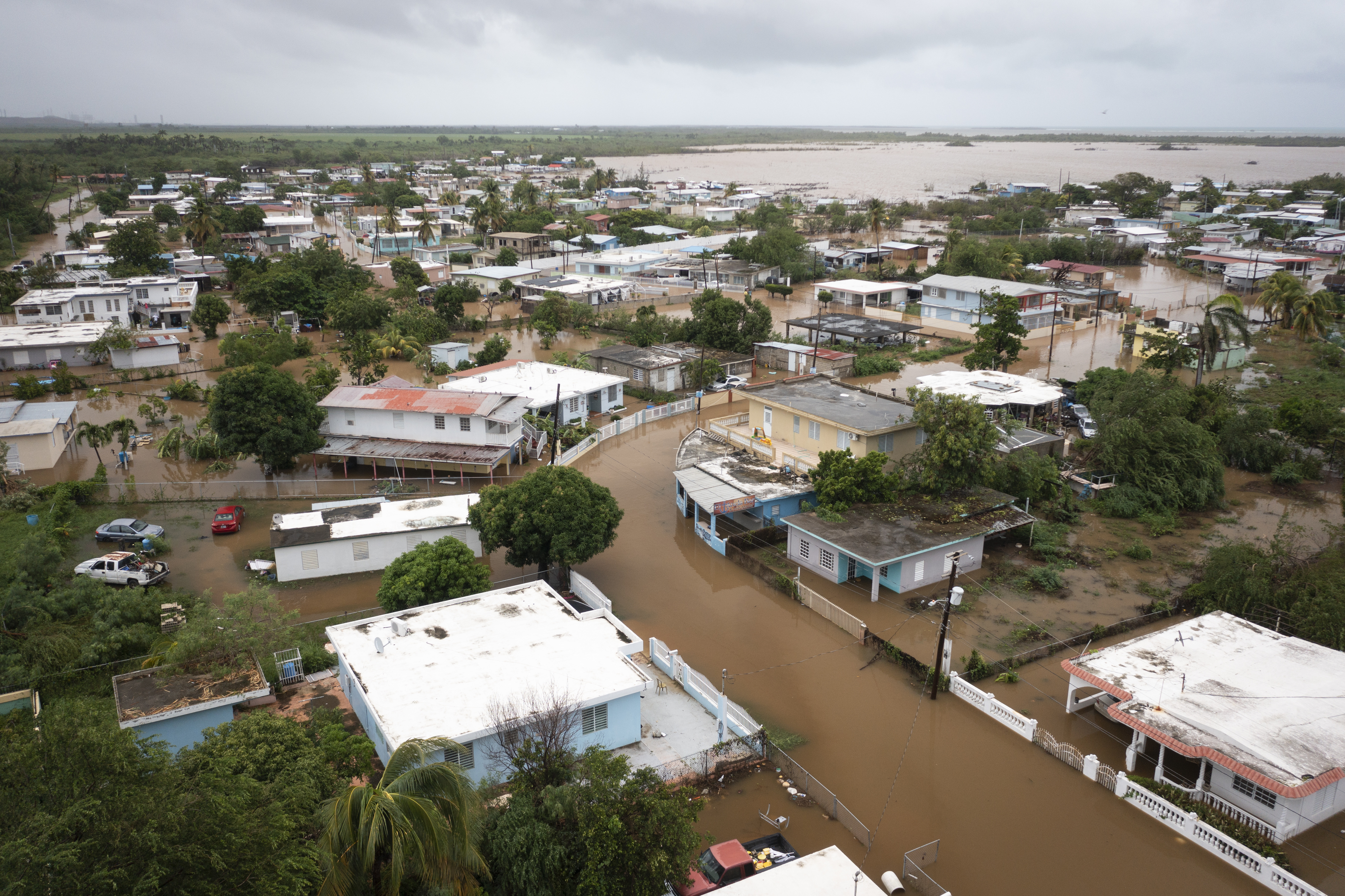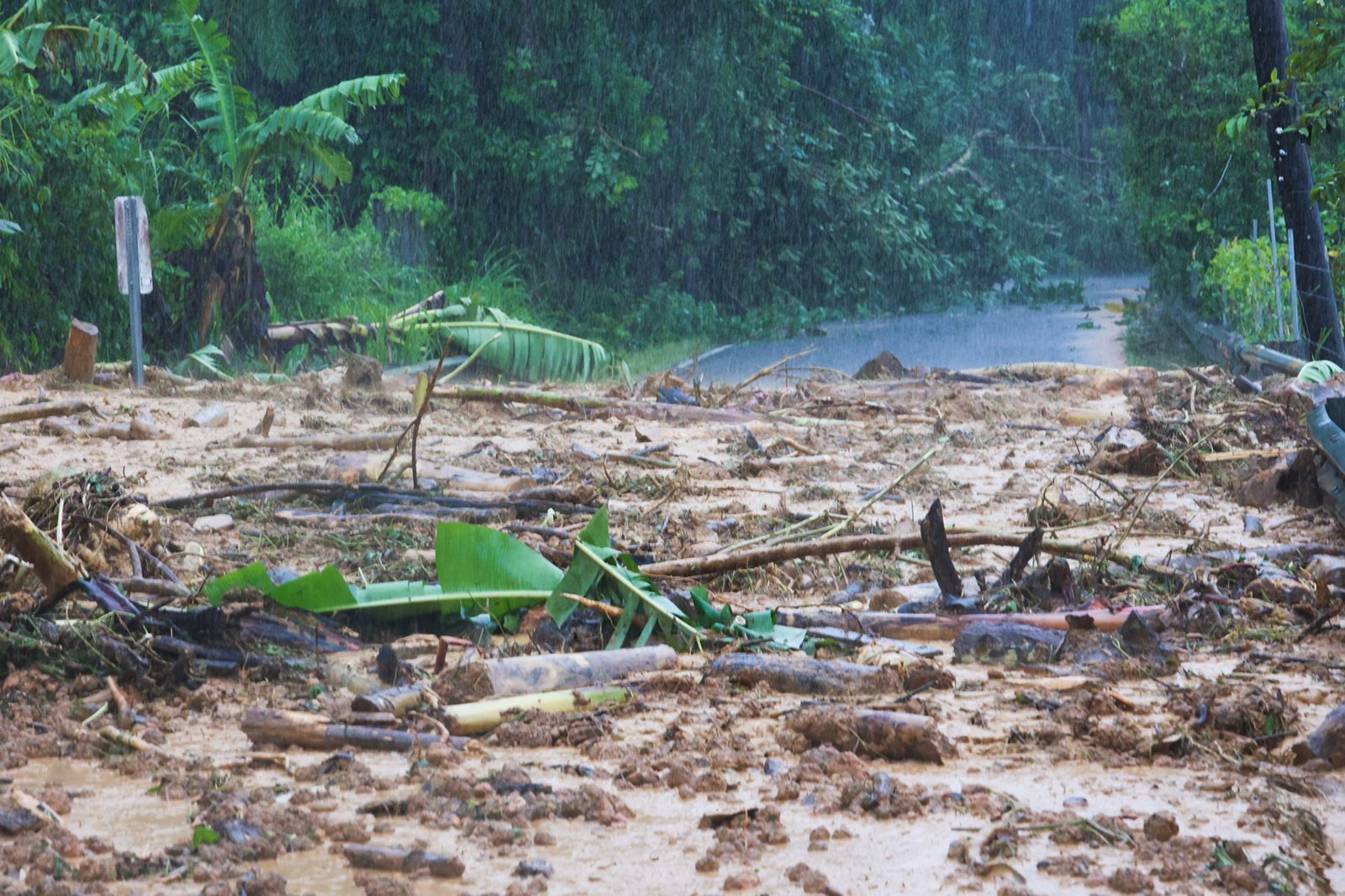Furious Hurricane Fiona smacked Puerto Rico hard on Sunday as winds gusted to 103 miles per hour (mph) in Ponce, the island’s second largest city.
There were numerous other wind gusts measured up to around 80 mph, especially along Puerto Rico’s southeast and south facing coasts. These winds still pale in comparison to what Hurricane Maria brought five years ago this week, but still crops were ruined, trees were uprooted, and there were isolated instances of roofs torn off weaker structures.
With a fragile electrical grid that was simply repaired but not upgraded after catastrophic Category 4 Maria, Puerto Rico was once again submerged into darkness with an island-wide blackout.
But the most eyepopping severe weather produced by Hurricane Fiona came in the form of excessive rain. The rate at which the rains came was nothing short of historic.
Get South Florida local news, weather forecasts and entertainment stories to your inbox. Sign up for NBC South Florida newsletters.
Above Ponce’s coast where that 100 mph gust occurred are the slopes of Puerto Rico’s central mountain range. An automated United States Geological Survey (USGS) rain gauge measured over 18 inches of rain in 24 hours ending on Sunday evening. But over 15 inches of that precipitation came in just three hours early Sunday afternoon when the eye of Hurricane Fiona was passing south of Ponce.
15 inches of rain in three ours is a 1-in-500 year event. In other words, there is only a 0.2 percent chance of that rate of rain in any one year. Exceeding a 1-in-500 year rain event in a tropical island like Puerto Rico is especially hard to do, given how it normally rains very hard in places like that.
Hurricane Fiona Latest
Now it’s the Dominican Republic’s turn.
Fiona was strengthening as the hurricane approached La Altagracia Province, where Punta Cana is located, in the predawn hours of Monday. That tourist destination is likely to be hard hit by Fiona, as will other eastern cities in the Dominican like Higüey and Samaná. Fiona is the first hurricane to make landfall in the Dominican Republic since Hurricane Jeanne in 2004. The storm won’t emerge back into the Atlantic until Monday afternoon.
A Hurricane Warning was also issued for the Turks and Caicos Islands because once Fiona departs the Dominican Republic it is likely to graze that archipelago just east of the Bahamas on Monday night and Tuesday.
Fortunately, there doesn’t appear to be more populated islands in the way for Fiona once she’s left the Caribbean. The hurricane is forecast to become a Category 3 storm, but then turn north and northeast away from the United States and away from Bermuda.



